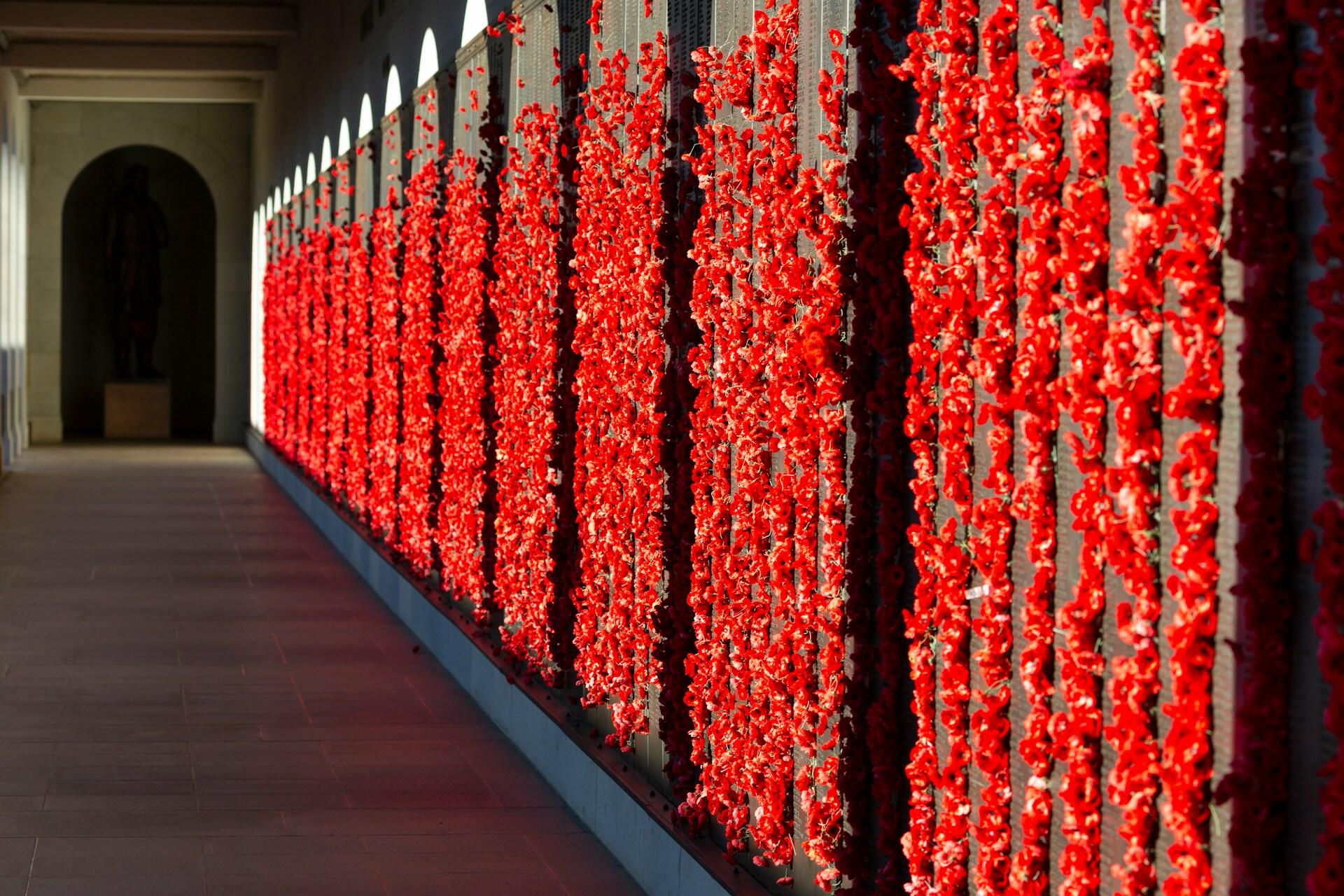Anzac Day is a solemn public holiday that honours those who served. Originally honouring those of the Australian and New Zealand Army Corps (ANZAC) who landed at Gallipoli on April 25, 1915, it now extends to cover the whole military in both countries, focusing on sacrifice, mateship, and enduring service over military victories. Here are some poems and words that honour them and give us food for thought about how we pay our respects on Anzac Day.

"They Shall Grow Not Old..." – The Ode of Remembrance
They shall grow not old, as we that are left grow old:
Age shall not weary them, nor the years condemn.
At the going down of the sun and in the morning
We will remember them.
This verse is from Laurance Binyon's “For the Fallen” and it's often recited at almost every Anzac Day service.
This poem honours soldiers by contrasting the eternal youth of those who die young with the ongoing aging of those who live on.
These lines come from Laurence Binyon’s For the Fallen, written in 1914. Today, they are recited at nearly every Anzac Day dawn service as a tribute to those who died in war.
"Anzac Cove" – Leon Gellert
There’s a lonely stretch of hillocks:
There’s a beach asleep and drear:
There’s a battered broken fort beside the sea.
There are sunken trampled graves:
And a little rotting pier:
And winding paths that wind unceasingly.
There’s a torn and silent valley:
There’s a tiny rivulet
With some blood upon the stones beside its mouth.
There are lines of buried bones:
There’s an unpaid waiting debt:
There’s a sound of gentle sobbing in the South.
A veteran of Gallipoli wrote this poem. It beautifully captures the battlefield, the physical devastation, and the lingering emotional toll of war and combat.
"All the Bloomin’ Way" – D. Hunter
I saw a boy marching, with medals on his chest,
He marched alongside Diggers, marching six abreast,
He knew it was ANZAC Day, he marched along with pride,
And did his best to keep in step, with the Diggers by his side.
And when the march was over, the boy looked rather tired,
A Digger asked, "Whose medals Son?" to which the boy replied,
"They belong to my Dad, but he didn't come back,
He died in New Guinea, up on the Kokoda Track."
The boy looked rather sad - a tear came to his eye,
The Digger said, "Don't cry my son and I will tell you why,
Your daddy marched with us today - all the blooming way."
We Diggers know that he was there - it's like that on ANZAC Day.
This poem is about a young boy marching on Anzac Day proudly wearing his late father's medals. As he struggles to keep in step with the veterans, he becomes a living tribute to the past.
This poem is particularly appropriate for Anzac Day as it captures the emotional weight of passing remembrance from one generation to the next.
This poem is particularly resonant for the families of the fallen and reminds us that remembrance lives on through stories and traditions through subsequent generations.
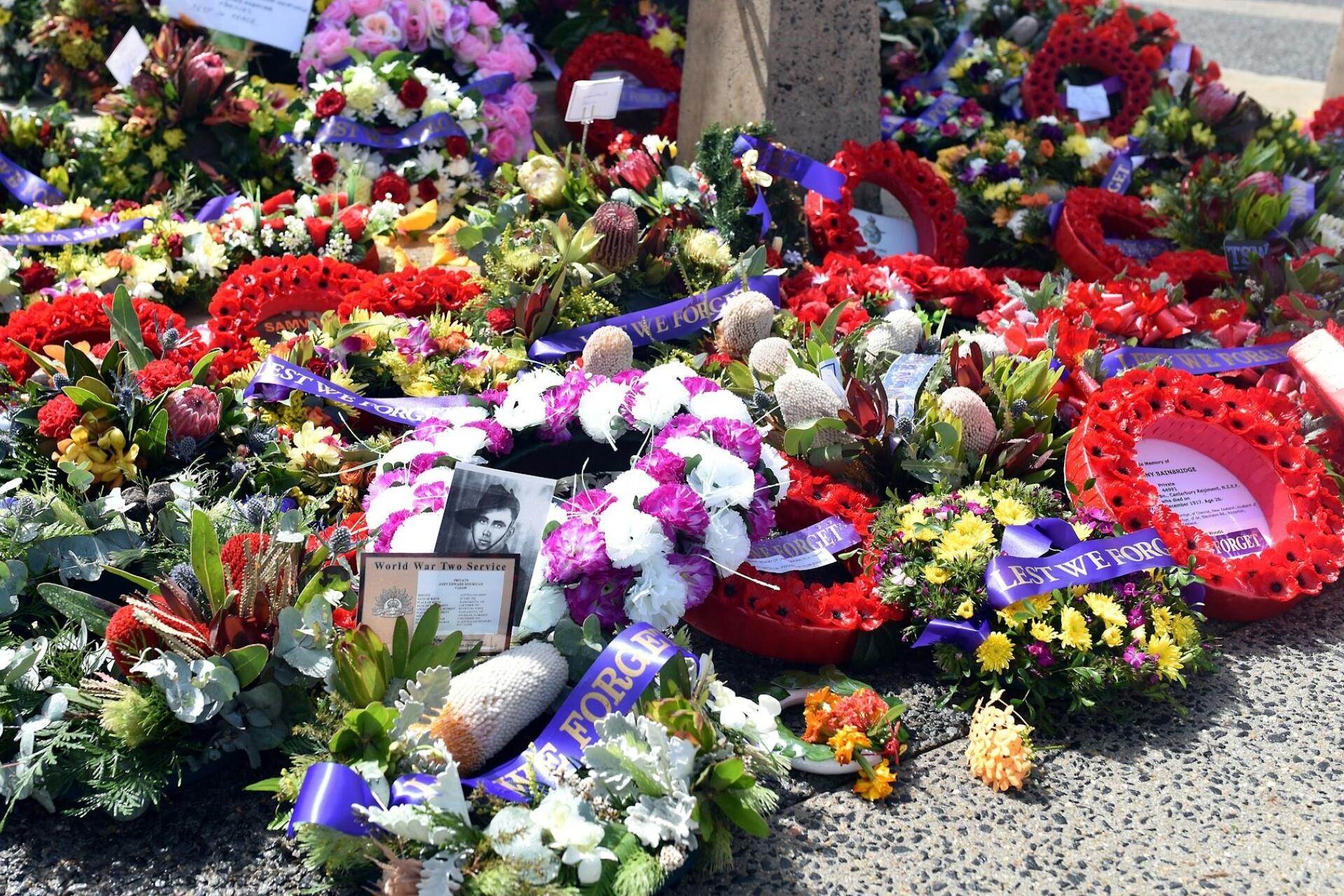
"Salute" – Sydney Elliott Napier
You who have lov'd will remember
The sound of their farewell cheers
Soothing, but never arresting,
The march of your natural fears:
You who have lov'd will remember
The glow of their glad young years,
As you stand to-day to salute them —
In silence, with pride and with tears.
Sydney Napier's "Salute" is a homage to those who left home for war. Rather than being about battle, the poem is about memory, dignity, and the relationship between those alive and those who served.
Here, silent reverence is preferred to fanfare, which aligns nicely with the overall tone of Anzac Day ceremonies. These ceremonies are often more about remembrance and the Anzac spirit, especially since it isn't a day honouring a military victory.

"A Poem for Anzac Day" – By a New Zealander
They came from field and factory,
From desk and fishing fleet,
From shearing shed and foundry,
From hill and plain and street;
Kin of the old sea rovers,
Sons of that stubborn strain
That swallowed all invasions –
Saxon and Norse and Dane.
This poem celebrates the range of people who served. One key aspect of the Anzac spirit is how people of different backgrounds, from fishermen and factory workers to shearers and shopkeepers, were all unified and resilient in the face of incredible hardship.
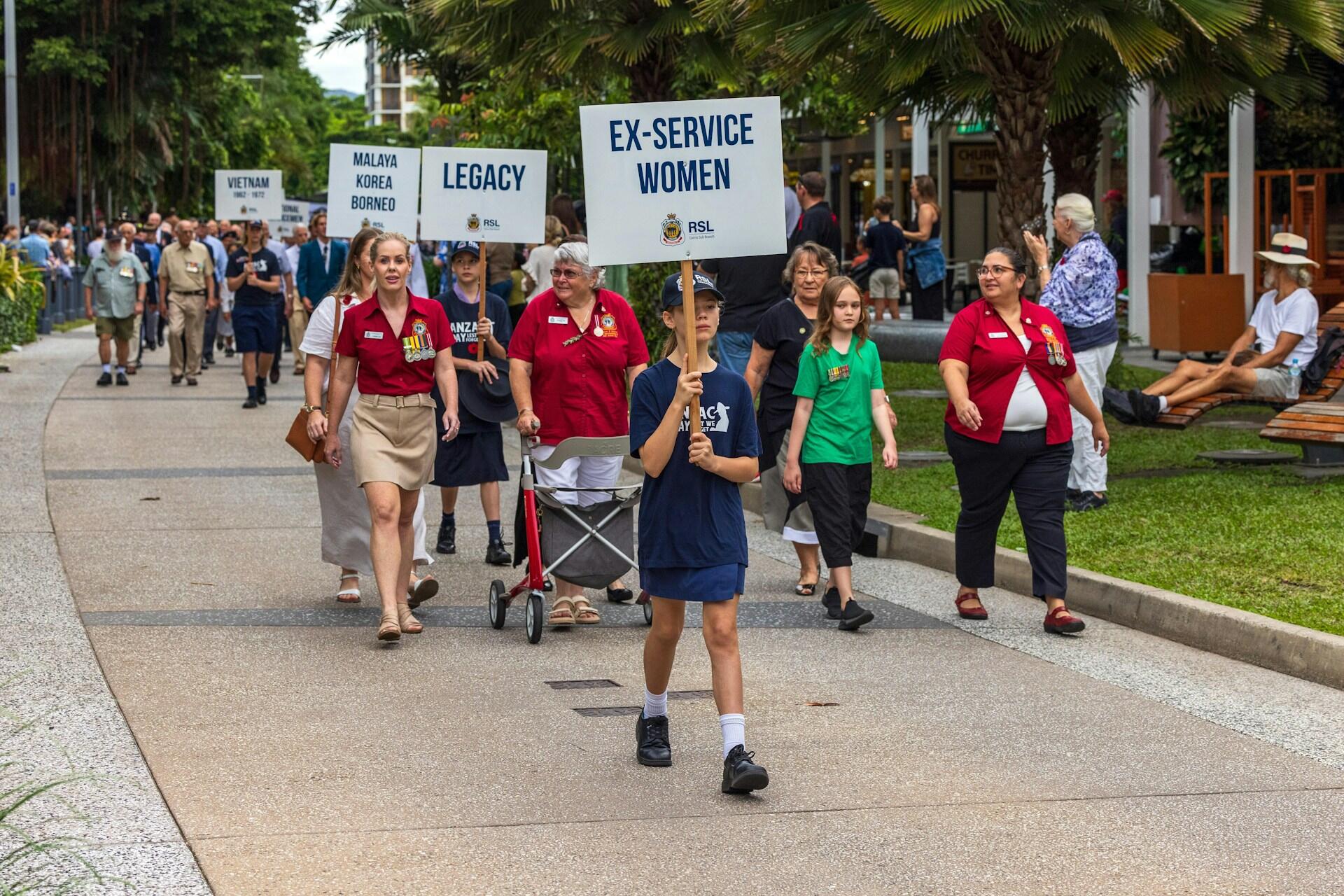
"And the Band Played Waltzing Matilda" – Eric Bogle
And the band played Waltzing Matilda,
As we stopped to bury our slain,
We buried ours, and the Turks buried theirs,
Then we started all over again.
This is a song by Eric Bogle, but the ballad could be modern war poetry. This is blunt, emotional, and devastatingly honest, talking about a young Australian who goes to Gallipoli, is wounded, and returns to a world that's changed around him.
It's a fair critique of how the pomp of parades and patriotic songs obscure war's lasting and brutal realities, glossing over them with ceremony.
This isn't a remembrance piece but a call to reflect critically on how we tell war stories and observe Anzac Day.
"In Waters Deep" – Eileen Mahoney
On ocean wastes no poppies blow,
No crosses stand in ordered row,
Their young hearts sleep beneath the wave,
The spirited, the good, the brave.
This is a lesser-known poem that honours those who served in the Navy. It reminds us that those lost at sea have neither graves nor poppy fields, but their bravery is just as deserving of remembrance.
While Anzac Day commemorations often focus more on the army and land-based combat, including those who served at sea, it can be nice, especially for solemn readings or reflective services, to acknowledge all branches of the military.
While the day originated to honour the sacrifices made during the Gallipoli campaign and the soldiers who made the ultimate sacrifice during the gruelling eight months, it now honours all branches of the military, and there are a number of nice ways to do this.
"Why's Grandad Cranky All the Time?" – Stewart Elliott
His grandad told stories of sailing the sea.
An original ANZAC on the beaches of Gallipoli.
Not much older than him, their bravery now legends in time.
So he took the oath and signed on the thin dotted line.
This modern poem is from a child's perspective, and it explores the lingering psychological effects of war on veterans. It invites deeper investigation of what trauma looks like in everyday life, particularly for those who return from war.
This subject is sometimes avoided in war poetry, with the focus regularly on those who made the ultimate sacrifice. However, Elliott invites readers to consider the cost of service to those who are forever changed upon their return from battle.
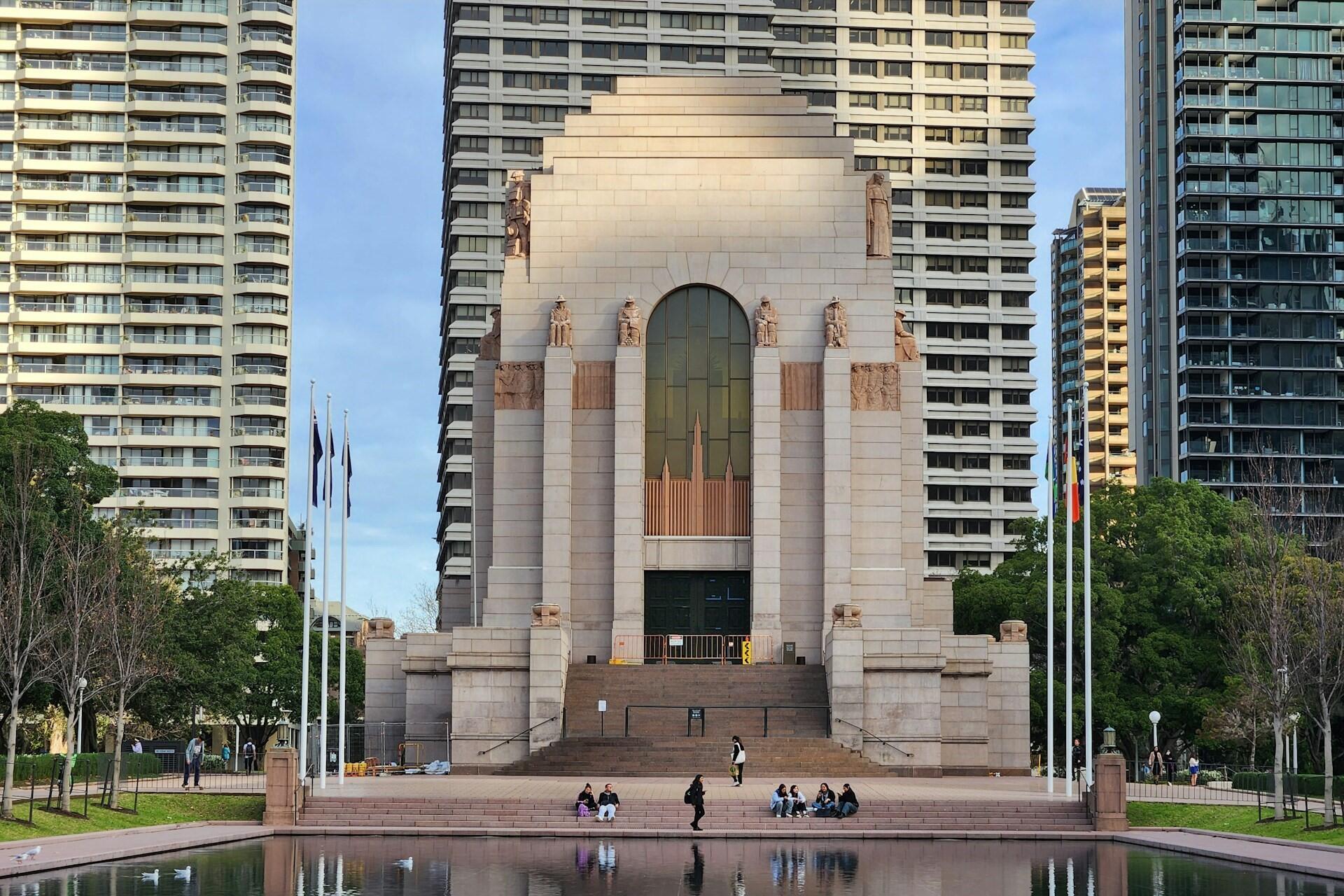
"Not a Hero" – Clyde Hamilton
So when you talk of heroes, it's important to understand,
The greatest of all heroes gave their lives defending this land.
The medals are worn in their honour, as a symbol of respect.
All diggers wear them on ANZAC Day - it shows they don't forget.
This poem challenges the idea of focusing on heroes. It reminds us that the quiet acts of service and the lives that are lost too soon are the heroes we should be focusing on.
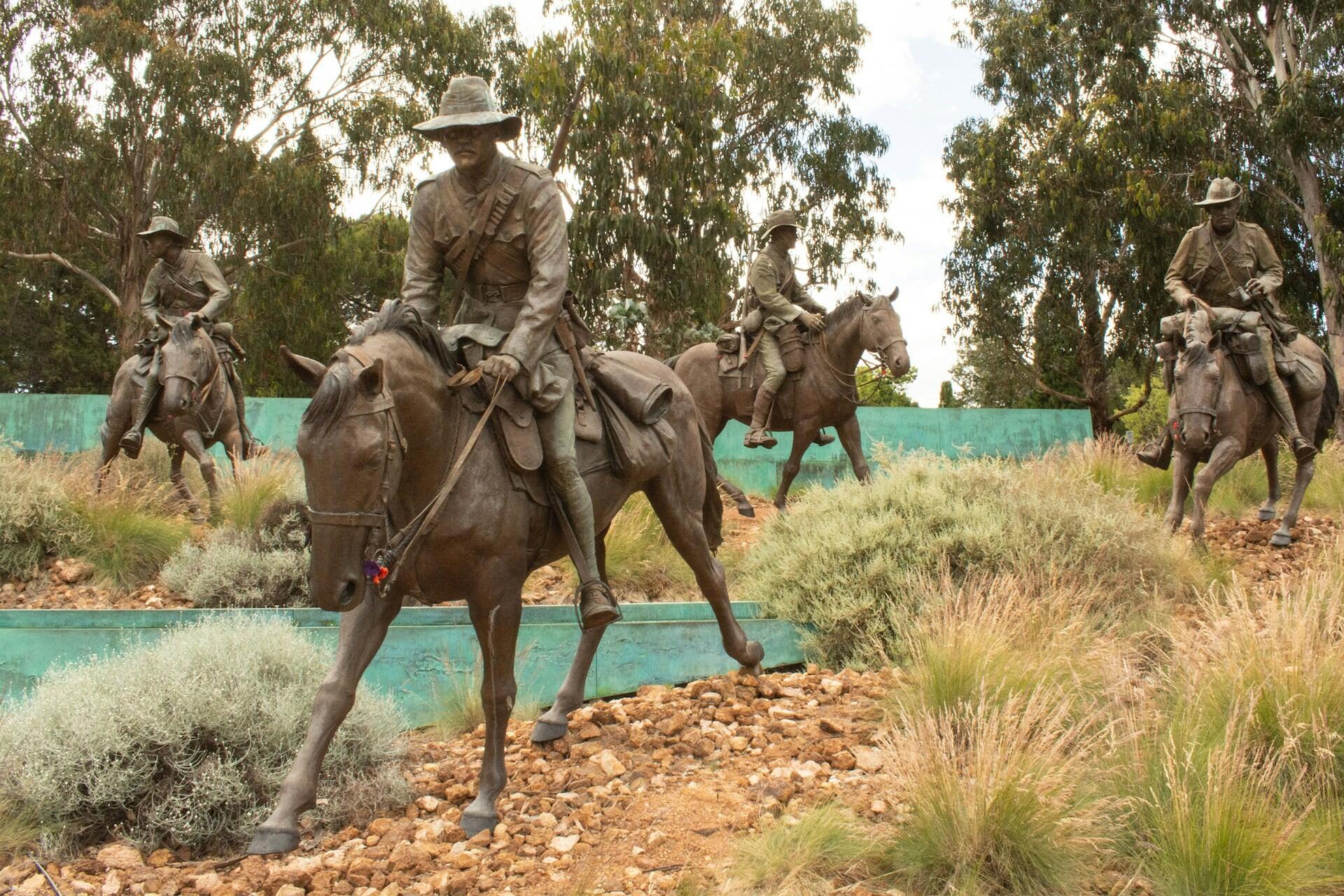
That isn't to say those who return shouldn't be honoured, but it reminds us not to forget those who didn't return.
"Not a Hero" is a grounded, accessible reminder that Anzac Day is about collective sacrifice and solemn respect, not a celebration or ceremony, which can detract from the memories of those who died.
Poetry helps us express what war leaves unsaid. Through carefully chosen words, poetry captures the grief, pride, and gratitude that formal ceremonies often can’t convey.
"A Brown Slouch Hat" – J. Albert & Son
It's a brown slouch hat with the side turned up, and it means the world to me.
It's the symbol of our Nation—the land of liberty.
And as soldiers they wear it, how proudly they bear it, for all the world to see.
Just a brown slouch hat with the side turned up, heading straight for victory.
This poem is about the brown slouch hat worn by Australian soldiers. Ultimately, the hat represents courage, patriotism, and the identity of those who served, particularly the diggers of the First World War. The hat has a distinctive shape and tilt and is instantly recognisable and deeply associated with Australia's military history.
This poem is about the pride of wearing it and the unity and recognition of veterans and civilians who see it. It acts as a visual reminder of Anzac Day.

